

Contributor

It was a stormy March afternoon, but the rain had temporarily let up. As Michael Uhler knelt down next to a small plant and gently pulled the foliage back to show off several silky yellow flowers he said, “It just started blooming this week.” The unusual blooms, with petals curling back like bird feathers, belonged to a rare and endangered plant called Tuolumne fawn lily (Erythronium tuolumnense). In the wild, the plant grows in a single part of the Sierra Nevada and can be found nowhere else in the world. Michael, the gardener who manages the Sierran collection at the Regional Parks Botanic Garden, says that for many people, visiting this garden may be the only opportunity they will ever have to see rare California plants like the Tuolumne fawn lily.
At the Regional Parks Botanic Garden in Tilden Park, over 2,500 different California plants are cultivated. Over 106 of them are listed by the state and U.S. government as rare, threatened, or endangered. In addition, the garden cultivates numerous plants found on the California Native Plant Society’s Inventory of Rare and Endangered Plants. The garden is divided into 10 sections, each representing one of California’s distinct climate regions. Visitors can find plants from the lush northern coastal rainforests all the way to Baja California in one afternoon. The Garden’s small staff dedicates their time, both on and off the clock, to conserving California’s plants. “Many people come here and they see the garden as a beautiful place with pretty plants, but a lot of work goes on here to protect California’s flora,” says Joe Dahl, recently retired garden supervisor.

The spectacularly varied California landscape, with its mountain ranges, coastlines, valleys, high and low elevations, and north to south latitude changes, has resulted in tremendous botanic diversity. The California Floristic Province is a global biodiversity hotspot. About a third of California’s approximately 6,500 endemic plant species and varieties are found nowhere else in the world.

But California’s endemic plant communities are declining because of pressures from invasive species, habitat loss, climate change, and changing natural fire regimes. Over 200 individual plant species are listed as rare, threatened, or endangered under the California Endangered Species Act, and many more appear on watch lists. According to the California Department of Fish and Wildlife, “Approximately 66 percent of California’s endemic plant species will experience decreases of up to 80 percent in the size of their ranges within the next 100 years.”
The task of growing and conserving California native plants from throughout the state and the California Floristic Province is no small undertaking. A typical workday might include anything from pulling a collection permit, collecting plant specimens from the wild, propagating plants, collaborating with other botanic gardens, or maintaining existing plant collections. Each gardener is responsible for specific bioregional sections: “We handle everything, we go from cradle to grave,” says Liz Bittner, Garden Supervisor and Horticulturist. As a result, each staff member becomes intimately familiar with their assigned section and their analogous wild bioregion. I sat down with the Garden staff and listened as they shared stories of their work.

Bushwhacking for Kofa Mountain barberry
Simple curiosity sometimes fuels the decisions about new plants to add to the garden. Joe Dahl discovered one of his favorite garden additions through his habit of browsing the Jepson Herbarium website. Dahl said, “I came across the Kofa Mountain, (Berberis harrisoniana), and realized that it was really rare and had great potential as an ornamental plant.”
Finding rare plants “…is kind of like a treasure hunt: the right time, the right year, and the right conditions,” says Joe. He tracked down herbarium sheets that indicated the plant had only one known location in southern California’s Whipple Mountains.
On his first collecting trip, Joe came up empty-handed. “My wife and I made the trip. She was going to stay at camp while I went out to find the plant, but I got skunked, it was so hot, and the maps for that area didn’t show any trails. It was pretty much bushwhacking, and I realized there was no way I could get there by myself.”
Undeterred, Joe planned a second trip, this time taking garden staff Michael and Liz with him. Armed with GPS coordinates and topo maps, the three carefully planned a route following the map contours. “We found a crisscrossing wild burro trail where people had lined rocks in a few places, and we thought since it’s leading us in the right direction we’ll follow it. It wound up taking us right to the plant. We later found out that a group does an annual hike up to the top of Cupcake Butte but we had no idea the trail was there. There are times you just blunder into things that shouldn’t be there; it’s just serendipity.”
Since his first visit, Joe has been back to the site a few times. A series of rockfalls has damaged the single plant colony, shrinking its size by 75 percent. The garden staff has been successful in cultivating the plant, so if anything happens to the last remaining plant in the wild, it could be repopulated from the garden’s collection.

Restoring habitat for night lizards on the Channel Islands
Before her promotion to Garden Supervisor earlier this year, Liz Bittner was the gardener responsible for the Channel Islands section.
Liz has visited most of the Channel Islands to collect different species for the garden. “Ideally, we site visit as much as we can manage. I was a nine-month employee from late 2009 to just last March, so that gave me some time each winter to do field trips. I spent most of my travel time on the Channel Islands. My goal is to join the ‘All Eight Club’, which is a club for anyone who has been to all eight of the Channel Islands. I only have two more islands to get to.”

Liz’s last trip was to San Nicolas Island (part of Naval Base Ventura County), where she volunteered with Channel Islands Restoration to help replant some of the island’s native plants species, including desert-thorn (Lycium brevipes). It is a valuable habitat plant for the Island night lizard, an animal found only on three of the California Channel Islands. There are only about twenty individual plants and two different populations on the island. “A lot of the Channel Islands were hit pretty hard by grazing, non-native predators, or other non-native animals (cats, rats, rabbits) so it really denuded a lot of the habitat. And when botanists rediscovered desert box thorn, they realized, ok, we really need to start propagating this to enhance the habitat,” says Liz. Several new populations are now being planted to ensure the plant regains an active role in the vegetation structure on the island.
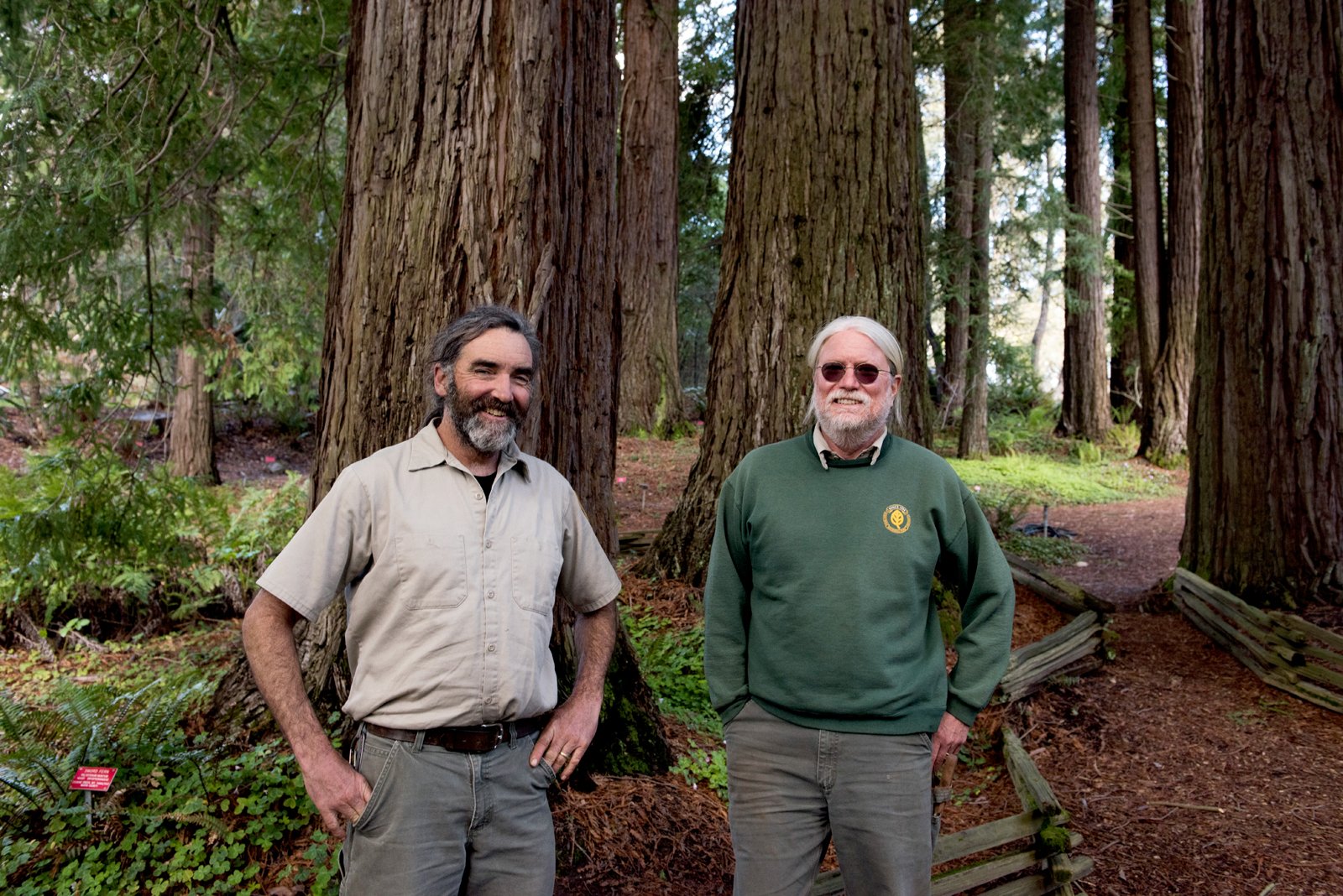
Monitoring plants in the Sierra Nevada
Michael has been responsible for the Sierran section since he started working at the garden 13 years ago, and says “Once you have a vested interest in collecting these plants from the wild and growing them in the garden they become very valuable—to me, to the staff, and to the public.” He has visited many of California’s remote habitats to collect specimens and bring them to the garden.
One such example is the snow willow (Salix nivalis), an alpine plant. Pointing out the diminutive plant, nestled carefully between two boulders, Michael explains, “It has been very challenging to grow here. I have one plant and it only has about ten leaves and it has been here for almost eight years.”
Michael volunteered to adopt the snow willow through the California Native Plant Society Rare Plant Program. Now he is responsible for monitoring this plant for the program and he is working on visiting all of its populations in the Sierra Nevada. “Two years ago I discovered a new population in Yosemite National Park,” Michael said. He plans to get appropriate permits to try to grow it in a more favorable garden location.

The art and science of coaxing plants to grow
Once the seeds, cuttings, divisions, or small plants are collected (with permits) and brought back to the garden, the work has just begun. The task of getting plants from all over the state to survive and thrive in the garden is both an art and a science.
“The community that started this garden was very smart in picking this site, it’s a perfect climate here,” says Theo Fitanides, a gardener. The site benefits from both coastal influence and inland dryness. Its canyon location provides north, south, east, and west facing slopes. This mix of site conditions supports an exceptionally diverse range of plant species.
Don Fuller, gardener for the Southern California section, just returned from a collecting expedition. Don says, “It was a fun trip down to the desert and we collected pink fairy duster (Calliandra eriophylla). It’s small, similar to a bottlebrush inflorescence but smaller and pink. We have cuttings of that as well as collected seed. A couple of the cuttings rooted, so hopefully they will grow. We don’t have it in the collection now. I would really like to have that one.”
Don says, “Everything you lose is tragic. There are things that just don’t germinate, don’t come up, things that you take cuttings of that don’t root.” But staff is up for the challenge. “We are constantly trying to grow new plants and experiment with new soil profiles. We don’t stop trying just because something doesn’t work. We continue to try and it’s fun trying.”
Connecting islands of chaparral
Theo Fitanides, who manages many of the manzanita at the garden, says California’s chaparral plant communities are getting a lot of attention right now. When we chatted, he had just returned from this year’s California Native Plant Society conference, where a series of sessions were dedicated to chaparral. Theo says, “Chaparral, particularly a coastal form known as maritime chaparral, are often characterized by their own species of manzanita and ceanothus.”
One of the best collections of manzanita in the world resides in the garden. Theo says, “Chaparral communities grow where we like to live. Many southern California houses are built on what was once maritime chaparral. These chaparral communities are adapted to dealing with fire. But if it’s a devastating fire, at a level that wipes out too much of the population, and the surrounding pockets have been developed, then you’re not going to have a reseeding population. What does come back are the European grasses.”

Regarding the long-term outlook, Theo says, “We are so confined to thinking on a human timescale, it’s really hard even thinking ahead 100 years, let alone 1,000.” Chaparral communities have become like islands in developments, cut off from each other by housing communities and highways. Conservation efforts focus on connecting these corridors. “It takes so much lobbying in the community to get these greenways—you want to make them wide, and it’s really hard to get them wide.”
One of the emerging concepts for connecting the corridors is encouraging people to plant local natives in their gardens. These garden populations could potentially become corridors between these islands. Theo says, “That really inspired me because I like to plant things in my yard and it got me thinking, I could really participate in conservation in my own front yard. It could be habitat again very quickly.”

Seed banking preserves genetic diversity
Chris McCarron, an interpretive student aide, carefully unfolded a small manila packet containing seeds. He poured its contents onto a white piece of paper and began delicately separating the tiny seeds out from stray bits of organic debris. He divided the cleaned seeds into two equal piles, which will be sent to different seed banks to preserve the plant’s lineage in case it goes extinct in the wild. Once the seeds arrive at the seed bank, they will be cryogenically frozen (kept in deep cold storage) so they will last for a long time. Chris believes that, “In the twenty-first century, the role of botanic gardens needs to include seed banking.”
Chris is just finishing up a project in collaboration with California Plant Rescue, involving the protection of a rare annual California wildflower called Raiche’s Red Ribbons (Clarkia concinna subsp. raichei) that only grows in the Tomales area of California.
The plant is growing in the Garden’s bulb bed. Last year Chris went through and painstakingly collected seed, plant by plant. He has been processing the seed over the past year. He stressed the importance of collecting seed that is representative of the gene pool. “Are you just choosing the really pink flower, or the really nice smelling one, or are you actually getting something that is representative?”

What the future holds
Ultimately, rare plant survival depends on protecting wild habitats. California’s delicate and balanced ecosystems, “…take millennia to form and moments to destroy,” says Michael. But alongside efforts to protect wild habitats, the botanic garden can play a role in long-term conservation efforts. “I would do my very best to keep the last plant alive in the collection and spread it to other botanic gardens,” says Michael. The efforts taking place at the Regional Parks Botanic Garden and other conservation gardens are one tool for protecting biodiversity. Michael says, “It gives me hope when I see children in the garden enjoying themselves and being introduced to new plants. This garden represents all of California and it’s for everyone in California.”
Regional Parks Botanic Garden
Shasta Rd, Berkeley, CA 94708
For more information visit Friends of the Regional Parks Botanical Garden or East Bay Regional Parks.
Share:
Social Media
Garden Futurist Podcast
Most Popular
Videos
Topics
Related Posts
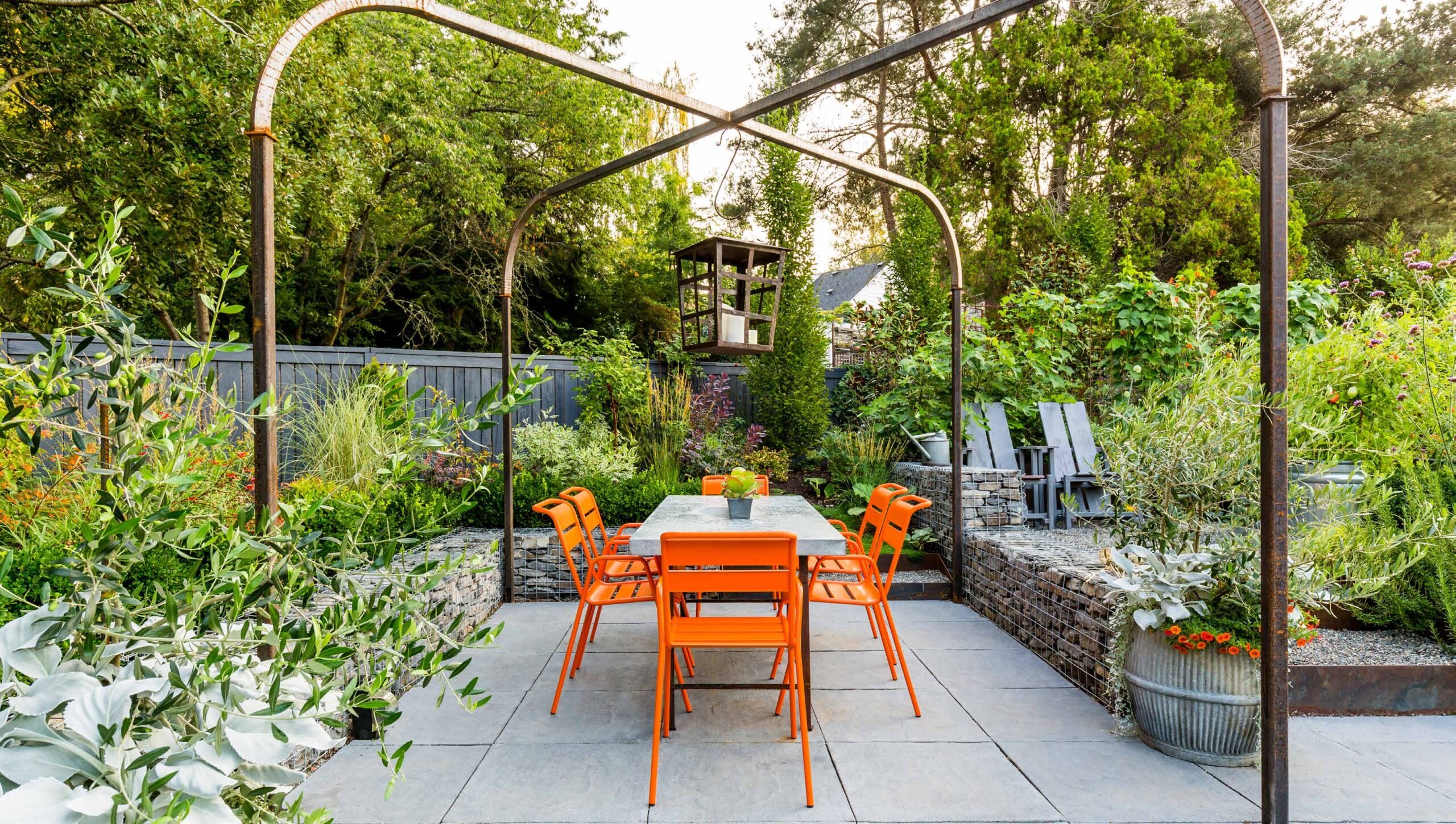
Design Futurist Award Announced: Committee Shares Vision
March 8, 2023 At Pacific Horticulture, we believe that beauty can be defined not only by gorgeous plants and design, but also by how gardens
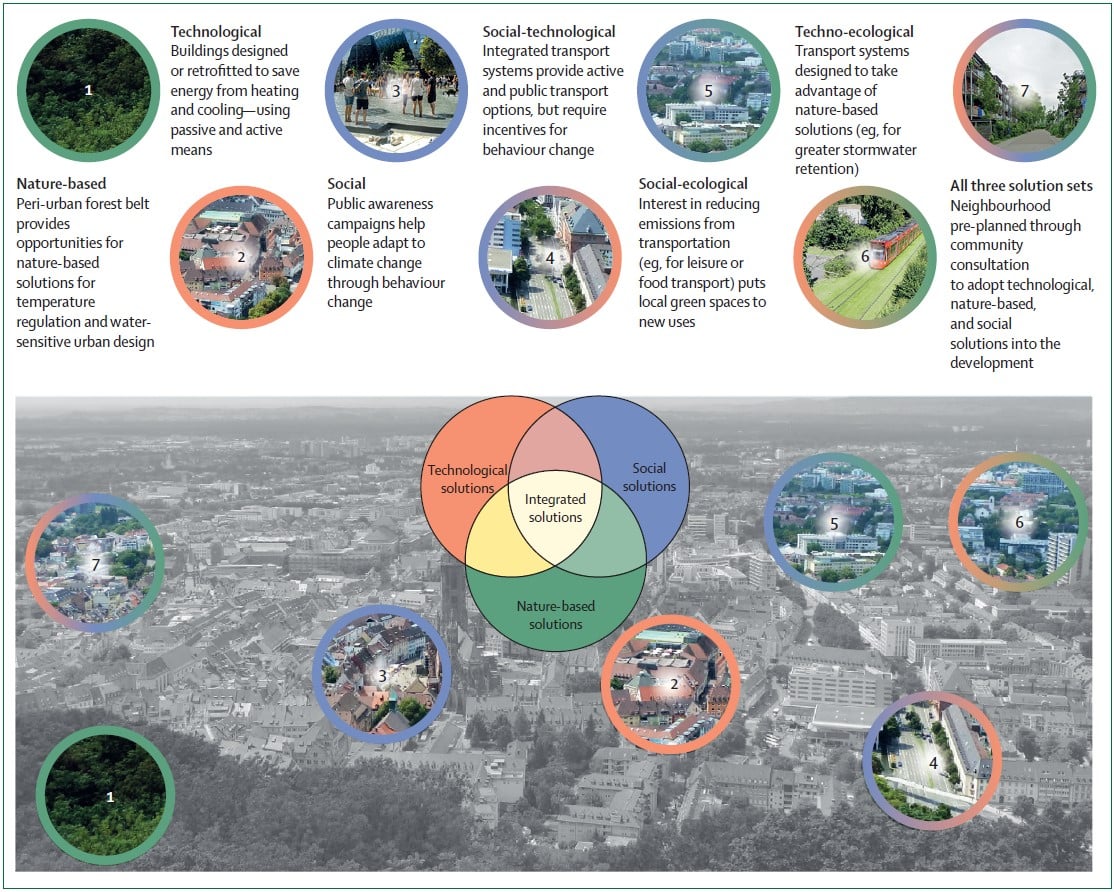
Ground Up Science for Greener Cities with Garden Futurist Dr. Alessandro Ossola
Spring 2023 Listen to the Podcast here. Alessandro Ossola is a scientist who gets very excited about the challenge of climate change allowing for an
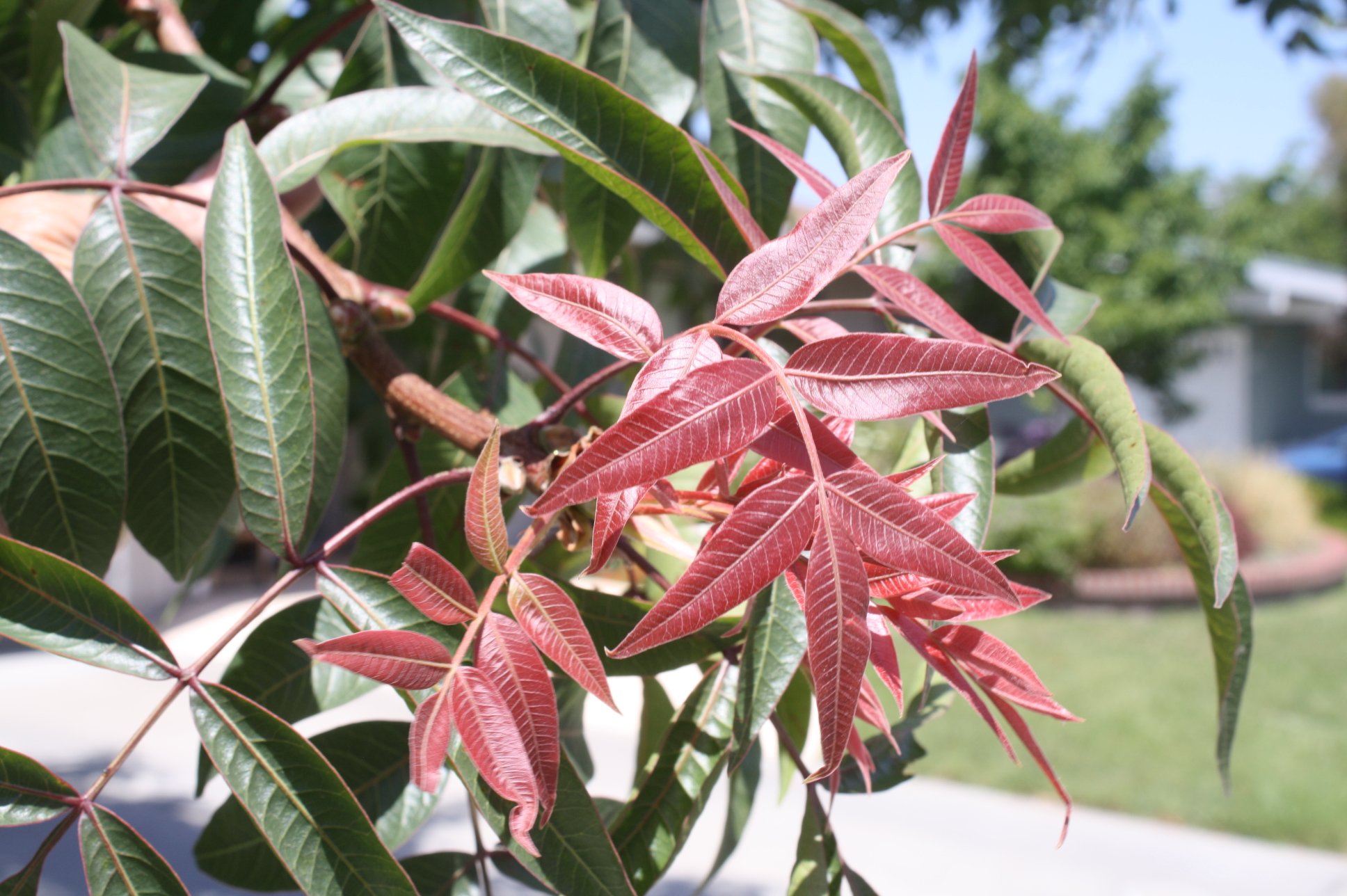
Readying Urban Forests for Climate Realities with Garden Futurist Dr. Greg McPherson
Winter 2023 Listen to the Podcast here. “Going from the mow and blow to a more horticulturally knowledgeable approach to maintaining the landscape. And that
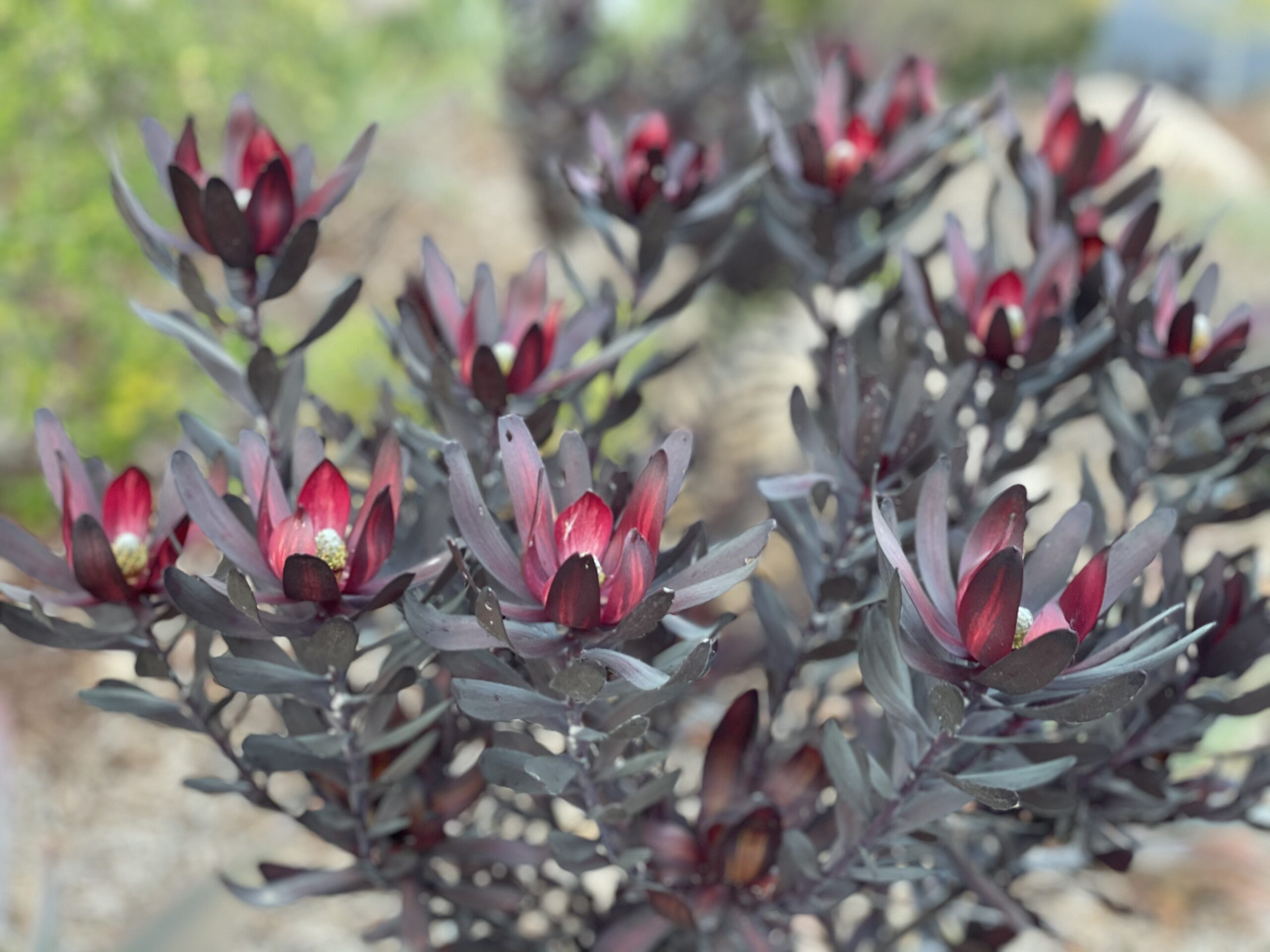
Expand Your Palette: Waterwise Plants for your Landscape
There’s nothing more thrilling to plant lovers than discovering new plants to test in the garden. Here in the southernmost corner of California, we have





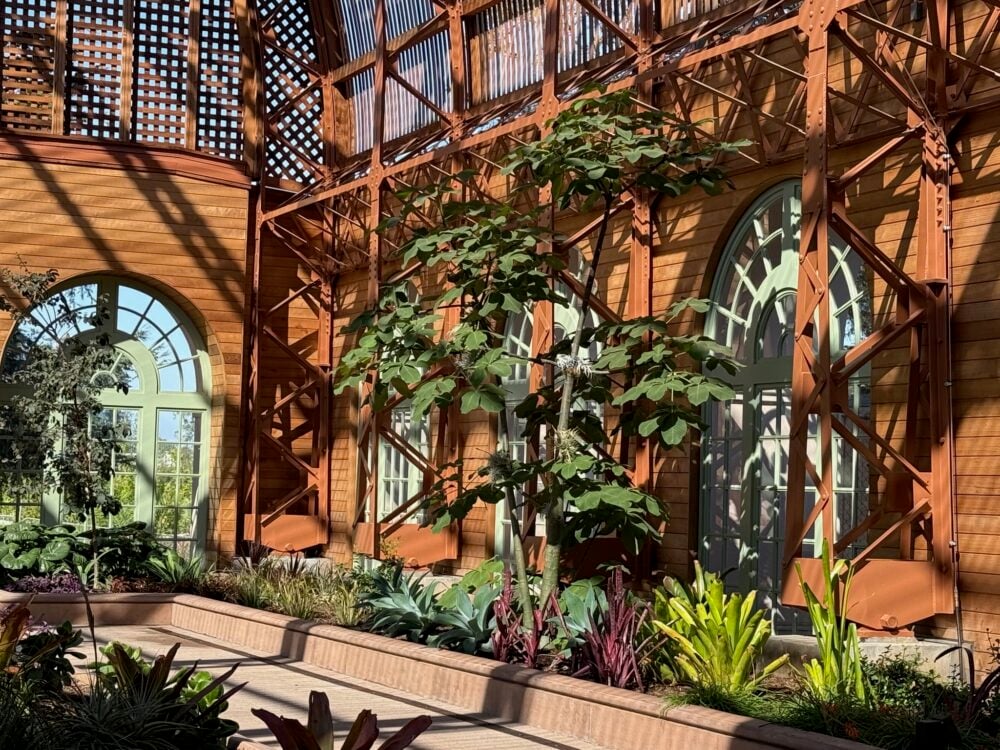


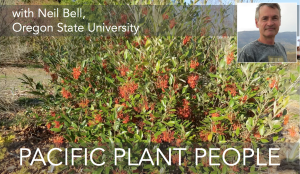
Responses